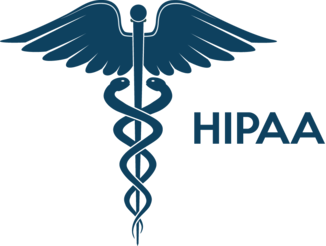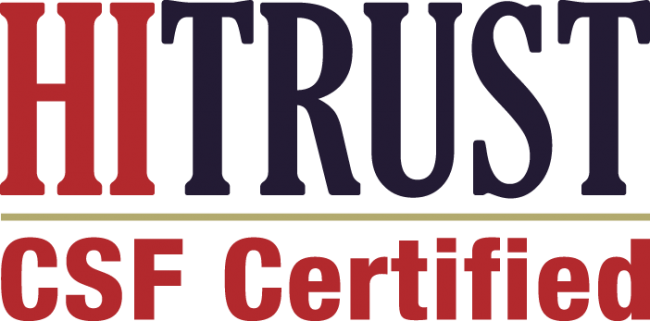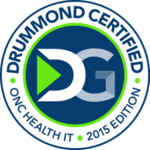The Medicare Annual Wellness Visit (AWV) represents more than just a routine check-up—it’s a powerful opportunity to transform healthcare from reactive treatment to proactive prevention. Yet despite being available since 2011, many healthcare providers and patients still struggle to maximize the full potential of these visits. The key lies in personalization: creating prevention plans that are tailored to each individual’s unique health profile, risk factors, and life circumstances.
The Current State of Medicare Annual Wellness Visits
Medicare’s AWV program was designed to encourage preventive care utilization among the 65+ population. The annual wellness visit (AWV) includes a health risk assessment (HRA), which forms the foundation for creating personalized prevention strategies. However, adoption rates reveal significant opportunities for improvement.
Research shows interesting patterns in AWV completion rates. Results showed a higher AWV completion rate in women, patients between 65 and 74, those who used the patient portal, and those who had not been seen in primary care within a 3-year window. This data highlights the importance of targeted outreach to underserved populations, particularly men and patients over 74.
The COVID-19 pandemic initially disrupted AWV patterns, but healthcare systems have adapted. Although patients have reported intentionally missing visits due to COVID-19 concerns, Hernandez et al. (2024) found that older adults missed fewer visits compared with their younger counterparts and that attendance increased as the pandemic progressed.
The Challenge: Moving Beyond Generic Prevention
Traditional approaches to Annual Wellness Visits often follow a one-size-fits-all model. Patients receive generic health screenings and standardized recommendations that may not align with their specific health needs, cultural background, or personal preferences. This approach limits the effectiveness of preventive care and fails to engage patients in meaningful ways.
The problem becomes more complex when considering the diverse Medicare population. A 65-year-old recently retired teacher has vastly different health concerns and lifestyle factors compared to an 85-year-old with multiple chronic conditions. Yet both often receive similar AWV experiences, missing opportunities for targeted prevention strategies.
The Solution: Personalized Prevention Through Technology
Modern healthcare technology offers unprecedented opportunities to personalize Annual Wellness Visits. By leveraging patient data, risk stratification algorithms, and comprehensive health assessments, providers can create truly individualized prevention plans.
Key Components of Personalized AWV Programs
- Comprehensive Health Risk Assessment Effective personalization begins with detailed health risk assessments that go beyond standard screening questions. These assessments should capture:
- Medical history and family genetics
- Social determinants of health
- Lifestyle factors and preferences
- Mental health and cognitive function
- Medication adherence patterns
- Healthcare utilization history
- Risk Stratification and Predictive Analytics Advanced analytics can identify patients at highest risk for specific conditions, enabling targeted interventions. This includes:
- Cardiovascular disease risk calculation
- Diabetes progression modeling
- Fall risk assessment for elderly patients
- Cancer screening prioritization
- Mental health screening based on risk factors
- Culturally Sensitive Care Planning Personalization must consider cultural, linguistic, and socioeconomic factors that influence health behaviors and outcomes. Prevention plans should be adapted to:
- Cultural dietary preferences and restrictions
- Language barriers and health literacy levels
- Economic constraints affecting treatment options
- Religious or cultural beliefs about healthcare
- Family dynamics and support systems
The Role of Technology in AWV Personalization
Healthcare technology platforms are revolutionizing how providers approach Annual Wellness Visits. These systems enable seamless integration of patient data, automated workflow management, and personalized care plan generation.
HealthViewX Annual Wellness Visit Platform: A Comprehensive Solution
HealthViewX AWV Platform enables providers to seamlessly determine eligibility, schedule appointments and automate the AWV process by allowing the patient or pharmacist to complete the HRA on-line. The platform identifies all preventive screenings and health risks the patient medically qualifies for, creating a foundation for truly personalized care.
The platform’s capabilities align perfectly with the goals of personalized prevention:
Automated Eligibility and Scheduling: The system streamlines administrative processes, allowing healthcare teams to focus on patient care rather than paperwork. This efficiency creates more time for meaningful patient interactions during AWV appointments.
Online Health Risk Assessment: By enabling patients to complete HRAs online before their visit, providers can review and analyze data in advance, preparing personalized discussion points and recommendations tailored to each individual’s needs.
Comprehensive Risk Identification: The platform’s ability to identify all relevant preventive screenings and health risks ensures no important prevention opportunities are missed, while prioritizing interventions based on individual risk profiles.
Integration with Care Workflows: It helps healthcare providers transform episodic transactional care into an ongoing relationship based contextual care pathway that is curated on a per patient basis, supporting continuity of care beyond the annual visit.
Best Practices for Implementing Personalized AWV Programs
1. Pre-Visit Preparation
Use technology to gather comprehensive patient information before the visit. This includes:
- Online health questionnaires tailored to patient demographics
- Integration with electronic health records for historical data
- Social determinants of health screening
- Patient goals and preferences assessment
2. During the Visit: Focused, Meaningful Conversations
With comprehensive data available, providers can focus AWV time on:
- Discussing personalized risk factors and prevention strategies
- Collaborative goal-setting based on patient preferences
- Addressing specific concerns identified through pre-visit assessments
- Creating actionable, realistic prevention plans
3. Post-Visit Follow-up and Engagement
Personalization extends beyond the visit itself:
- Automated follow-up reminders for recommended screenings
- Personalized health education materials
- Regular check-ins on prevention goal progress
- Coordination with other healthcare providers as needed
Measuring Success: Outcomes and Quality Metrics
Effective personalized AWV programs require robust measurement systems to track success and identify areas for improvement. Key metrics include:
Clinical Outcomes:
- Screening completion rates by risk category
- Early detection of chronic conditions
- Improvement in biometric measures
- Reduction in emergency department visits
Patient Engagement:
- AWV completion and retention rates
- Patient satisfaction scores
- Health goal achievement rates
- Self-reported health behavior changes
Operational Efficiency:
- Provider time per visit optimization
- Administrative burden reduction
- Cost per quality-adjusted life year
- Revenue cycle improvements through proper coding
Overcoming Implementation Challenges
Technology Integration
Many healthcare organizations struggle with integrating new AWV platforms with existing systems. Success requires:
- Careful vendor selection based on interoperability capabilities
- Comprehensive staff training programs
- Phased implementation approaches
- Ongoing technical support and optimization
Provider Adoption
Healthcare providers may resist changing established AWV workflows. Strategies for successful adoption include:
- Demonstrating clear value propositions through pilot programs
- Providing comprehensive training and support
- Involving providers in platform customization decisions
- Highlighting efficiency gains and improved patient outcomes
Patient Engagement
Some patients may be hesitant to engage with new technologies or comprehensive assessments. Effective engagement strategies include:
- Clear communication about benefits and privacy protections
- Multiple access options (online, phone, in-person)
- Culturally appropriate materials and interfaces
- Support for patients with limited technology experience
Building a Sustainable Personalized AWV Program
Success in personalizing Annual Wellness Visits requires a systematic approach that addresses technology, workflow, and cultural change simultaneously. Healthcare organizations should:
- Start with a Clear Vision: Define specific goals for AWV personalization aligned with organizational objectives and patient needs.
- Choose the Right Technology Partner: Select platforms like HealthViewX that offer comprehensive AWV capabilities while supporting broader care management objectives.
- Invest in Change Management: Ensure staff are prepared and supported throughout implementation and optimization phases.
- Focus on Continuous Improvement: Regularly analyze outcomes data and patient feedback to refine and enhance personalization efforts.
- Scale Thoughtfully: Begin with pilot programs to demonstrate success before expanding to larger patient populations.
Conclusion: The Path Forward
Personalizing prevention through Medicare Annual Wellness Visits represents a fundamental shift from reactive healthcare to proactive, patient-centered care. By leveraging comprehensive technology platforms, healthcare providers can transform AWVs from routine check-ups into meaningful, engaging experiences that drive real health improvements.
The benefits extend beyond individual patient outcomes. Organizations implementing personalized AWV programs often see improved patient satisfaction, enhanced provider efficiency, better clinical outcomes, and stronger financial performance through value-based care arrangements.
In 2025, Medicare introduced changes to Annual Wellness Visits to improve preventive care and address comprehensive health needs, creating additional opportunities for healthcare organizations to enhance their AWV programs and demonstrate value.
The question is not whether to personalize Annual Wellness Visits, but how quickly healthcare organizations can implement comprehensive solutions that truly serve their patients’ diverse needs. With the right technology platform, implementation strategy, and commitment to patient-centered care, every Medicare AWV can become a meaningful step toward better health outcomes and a more sustainable healthcare system.
As we move forward, the organizations that succeed will be those that recognize AWVs not as compliance requirements, but as opportunities to build lasting relationships with patients while driving measurable improvements in health outcomes. The technology exists, the reimbursement models support it, and patients increasingly expect it. The time for personalized prevention is now.








